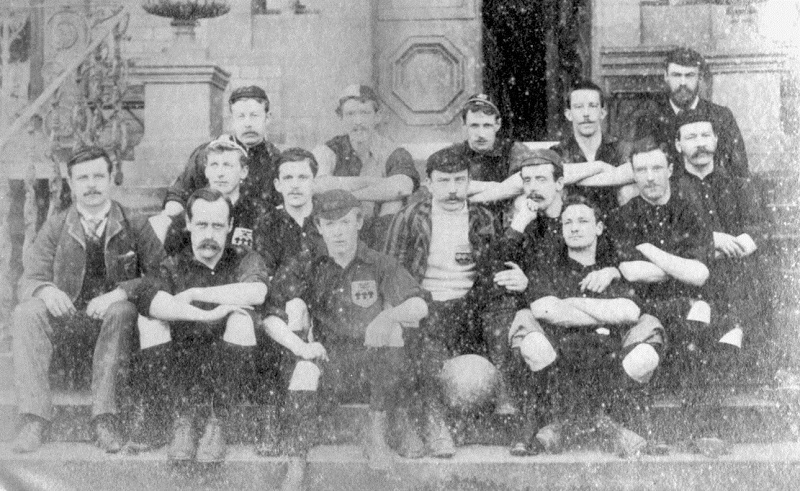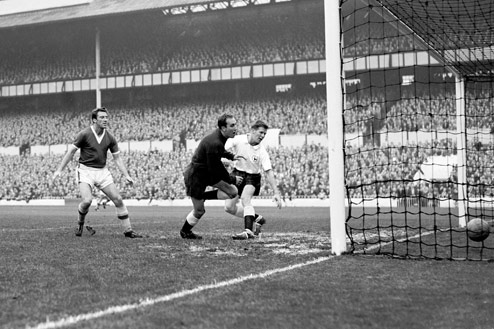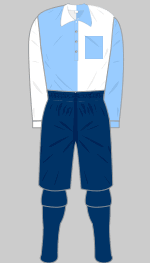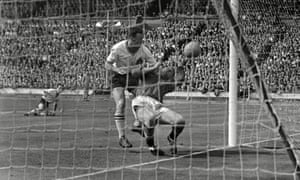
Parramore Sports FC, was an iron founders' works' team, founded by F. Parramore and Sons, in 1936 and one way and another became Sheffield Parramore. By 2012 the owner bought Worksop's disused ground at Sandy Lane and changed the name again to Worksop Parramore. In 2013 they merged with Handsworth to form Handsworth (you guess it) Parramore.

Originally formed a club with Worksop Parramore in 2014 and is now Handsworth Parramore FC, playing at Sandy Lane (Worksop's ground)!
 It's all a bit complicated but Worksop Town FC is "crowd funding" hoping to raise £30,000 to preserve its existence in the Football Pyramid. The Nottinghamshire Non-League club played in the Northern Premier League South last season, gaining promotion to the Premier last season.
It's all a bit complicated but Worksop Town FC is "crowd funding" hoping to raise £30,000 to preserve its existence in the Football Pyramid. The Nottinghamshire Non-League club played in the Northern Premier League South last season, gaining promotion to the Premier last season.Its claim is to have been founded in 1861, making it the fourth oldest football club in the WORLD. Evidence is a little shy, so we may have to do with its foundation being in 1873 when 15 Worksopians (local lads) met 15 Pestalozzians (from the school in town), to play a game. There is evidence for that encounter, and more comes from a meeting with local town. Eckington on the 18th February 1882, by which time football was up and running. Worksop Town played in the Sheffield and District League in 1892, then joined the Midland League in 1900 and......
played in the FA Cup 1st Rd in 1908, meeting Chelsea and getting worked over 9-1! Prior to that in Qualfying Rd 5 they had a bye,
in Rd 4 they beat Castleford Town,
in Rd 3 beat Guiseley Colliery away 3-4,
Rd 2 drew with Horsforth 1-1 and won a replay away 0-2, in
Rd 1 beat Heckmondwike away 0-2.
They didn't have to play in the Preliminary Rd.
For those Penistone and Hepworth folk some local clubs included in the 1907-8 FA Cup early rounds included:
Hoyland Silkstone, merely a village but with some mining history.
Clayton West, another colliery village.
Thorpe Hesley, four clubs from Rotherham and Grimethorpe United....more coal towns/villages.
For those from Guildford area:
Farncombe, Guildford, Godalming-not so many southern clubs evident in the early rounds, which reflected the groewth of the game midst the industrial clubs from the Midlands and North.
AND back to Worksop, who were allowed to ground share their old ground Sandy Lane in 2011 as tenants of Worksop Parramore (see above) The club also has Olive's Mount where the Reserves play.
 Oldest "soccer" clubs still in existence:
Oldest "soccer" clubs still in existence:Sheffield FC Oct 24th 1857 (above), Cray Wanderers 1858, Hallam FC, Cambridge University FC (1856/7) Notts County 1862, Stoke City 1863 (Charterhouse Rules-founded by OCs), Royal Engineers 1863 and Civil Service, Wrexham 1864, Brigg Town 1864, Sheffield Wednesday April 1867.















